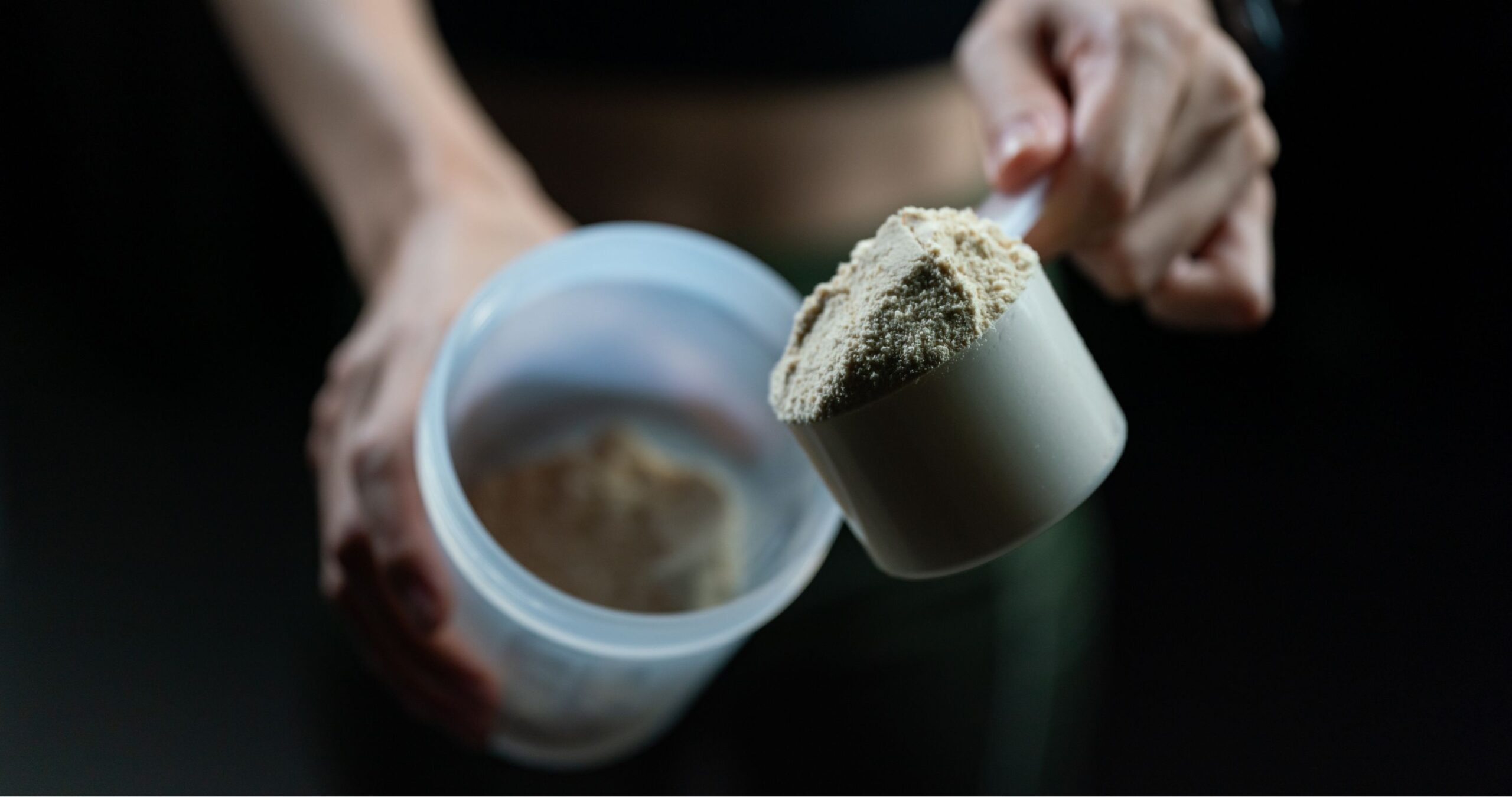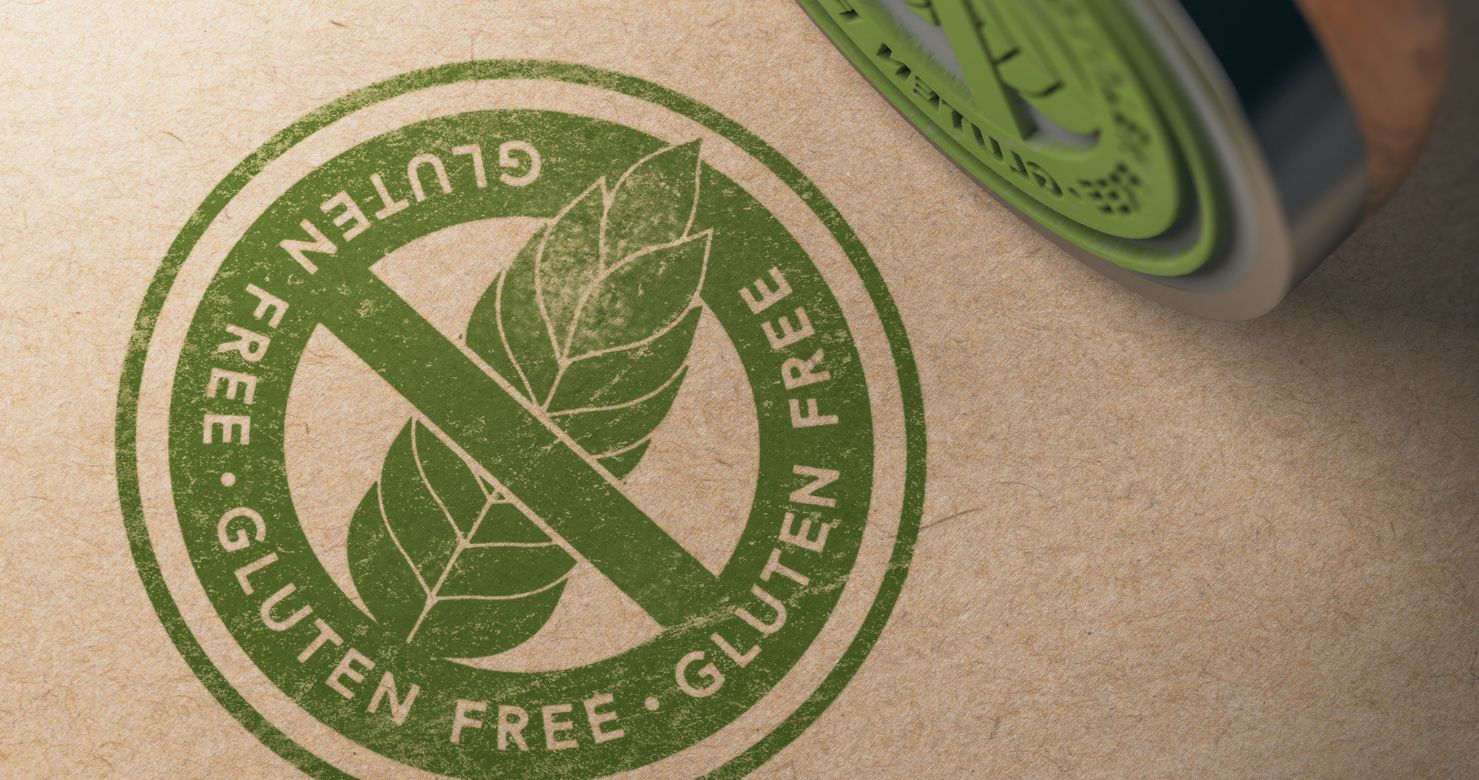
Lead Contamination Found in Popular Protein Powders
A recent Consumer Reports investigation found that most of the 23 protein powders and shakes it tested contained concerning levels of lead per serving. Plant‑based products were often higher than dairy‑based, and public‑health experts emphasize there is no known safe level of lead exposure. If you manufacture or sell protein products or their ingredients, robust heavy-metal testing protects both consumers and your brand.
Inside the Consumer Reports Protein Powder Study
Consumer Reports (CR) tested 23 popular protein powders and ready-to-drink shakes and reported that more than two-thirds had lead amounts in a single serving that exceeded CR’s level-of-concern threshold. The level-of-concern threshold used by CR was the same Prop 65 levels used for Cadmium, 4.1 micrograms, and Lead, 0.5 micrograms. Levels are based on daily exposure and are typically reported on a daily dose level or per day exposure level.
Plant-based products were frequently the highest. CR also urged the FDA to set stricter limits for lead in these products.
Read the CR article here.
Why Lead Contamination in Protein Powders Matters
There is no known safe level of lead exposure, particularly for children and during pregnancy. Even low levels can contribute to lasting health harms. For food, supplements, and nutrition products, that reality raises the bar on supplier vetting, batch testing, and transparent Certificates of Analysis (COAs).
How Lead Ends Up in Protein Powders and Shakes
- Environmental uptake: Crops used in plant proteins (e.g., pea, rice) can absorb metals from soil and water.
- Processing & supply chain: Contamination can enter via ingredients (such as cocoa), processing aids, packaging, or equipment.
- Cumulative exposure: A small amount per serving can add up with daily consumption and other dietary sources.
What “Good” Heavy-Metals Testing Looks Like
The Key FDA reference to know is Chapter 4.7: Inductively Coupled Plasma-Mass Spectrometric Determination of Arsenic, Cadmium, Chromium, Lead, Mercury, and Other Elements in Food Using Microwave Assisted Digestion.
If you market protein powders, ready-to-drink shakes, or ingredients, your Certificate of Analysis (COA) should demonstrate trace-level lead detection and method validation appropriate for your product’s matrix and serving size.
The microwave used in this process is not a typical consumer microwave. Microwave-assisted digestion is necessary to dissolve the chemically organic material in the sample to accurately analyze the inorganic elements like cadmium and lead.
How New Wave Scientific Helps Brands Ensure Lead Safety
New Wave Scientific is an ISO/IEC 17025–accredited analytical laboratory. We partner with food and nutraceutical brands to design defensible, matrix-appropriate heavy-metals programs and deliver COAs you can stand behind.
- Trace metals panel (Pb, Cd, As, including inorganic arsenic, and Hg) by ICP-MS using validated methods, aligned to USP and FDA guidance.
- Lot-specific testing plans for finished goods and key inputs (plant protein isolates/concentrates, cocoa, flavor systems, minerals).
- Method verification/validation in your matrix with realistic LOQs per serving and clear reporting (units, LOQs, and methods).
- Regulatory and retail readiness: Reports tailored for QA release and retailer documentation, with context against risk-based benchmarks.
Practical Steps for Brands to Reduce Lead Risk
- Risk-rank your SKUs. Plant-based and cocoa-containing formulas often sit higher on the risk curve. Start there. Plant-based products might have more lead, while cocoa-containing products might have more cadmium.
- Tighten supplier controls. Require current, method-specific COAs; use accredited labs with ICP-MS capability.
- Adopt per-lot verification, especially for high-risk ingredients and any brand-critical SKUs.
- Report clearly. Express results per serving and per daily intake; include LOQs and methods on your COAs.
- Plan for questions. Be ready to explain how you evaluate and minimize lead; transparency builds trust.
A Note on “Safe Limits” for Lead in Food & Supplements
Public-health guidance is consistent: there is no known safe level of lead exposure, particularly for children. The FDA has published interim reference levels to help frame dietary exposure, but the goal is always as low as reasonably achievable (ALARA). Routine, matrix-appropriate testing is the only way to verify levels and control risk over time.
Why Choose New Wave Scientific for Food Testing
New Wave Scientific is an ISO/IEC 17025–accredited food and nutraceutical testing partner based in Nevada. We deliver fast, defensible results across heavy metals, microbiology, and chemistry so you can protect your customers and your brand. If you need a rapid, reliable heavy-metals program for protein products, we’re ready to help.
Get Started with Heavy-Metals Testing at New Wave Scientific
Email us or visit our website to schedule a consultation, set up lot-release testing, or verify your current COAs. We test lead daily across foods, supplements, and ingredients.




